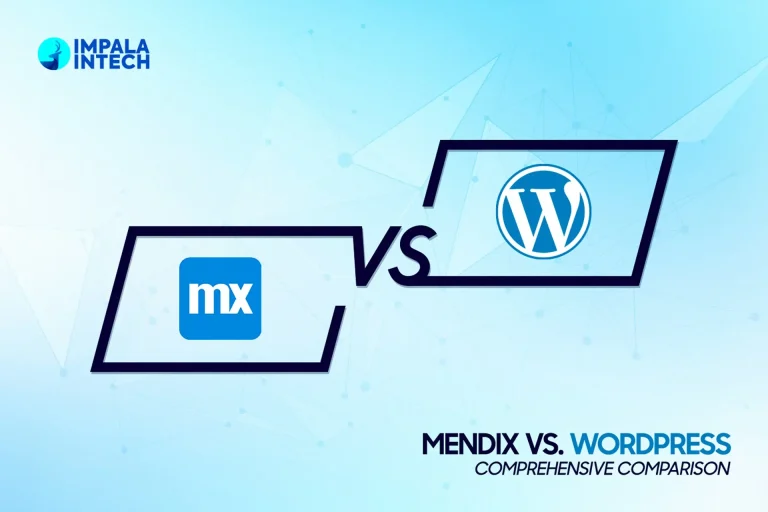
More people now use their phones to move from one place to another. Reports show that over 150 million people use ride-sharing services because people prefer quick and affordable travel. Companies that build apps for ride sharing see steady demand. The market value of ride-sharing apps reached $100 billion in 2024, according to Statista. Experts predict it may double by 2030.
Business owners notice this shift. Many want to build their own apps. Some want local networks. Others plan to reach global users. The idea is simple: connect drivers and passengers through one smooth platform.
Why People Love Ride-Sharing?
People like comfort and control. They enjoy tracking rides and knowing exact costs. They trust easy payment options and safety checks. A survey by McKinsey said 65% of riders value safety features like GPS tracking. Another 54% prefer apps with quick response systems.
These needs make technology the center of every trip. So, smart design matters. Companies that build such apps must focus on speed, accuracy, and safety.
What Businesses Get from Ride Share App Development?

Building a ride-sharing app helps a company earn steady revenue. Each ride brings a small fee that adds up quickly. With more users, profits rise.
Companies also collect useful data. They can learn about rider patterns, traffic zones, and time peaks. This data helps improve service. Another big benefit is brand growth. A good app builds trust and loyalty. Riders return to services that feel safe and smooth.
According to Business Wire, over 80% of users stay loyal to apps with good support and low wait times. That shows the power of customer care.
Basic Parts of a Ride-Sharing App
Every ride-sharing platform has three main parts:
- Passenger App – where users book rides, pay, and rate drivers.
- Driver App – where drivers accept rides, track earnings, and get support.
- Admin Panel – where companies control pricing, payments, and analytics.
Each part connects through real-time data systems. A strong backend keeps everything running without delay.
Features That Make an App Strong
A smooth app has some key features:
- Live GPS Tracking for accurate pickup and drop-off.
- In-App Payments for quick, cashless rides.
- Push Notifications for ride updates and offers.
- Rating System for better driver and rider quality.
- Customer Support Chat for fast issue handling.
These parts work together to build trust. Even one weak area can affect the whole system.
Cost and Time to Build
The cost to build a ride-sharing app depends on design, region, and features. A simple app can cost between $25,000 and $50,000. A full-featured one can reach $150,000 or more.
Developers take around four to six months for a basic version. A complex app with analytics, AI routes, or custom dashboards can take nearly a year.
Time and cost also depend on the technology used. Some companies pick cross-platform tools like Flutter or React Native. These reduce development time and save money.
Why User Experience Matters
A clean design makes users stay longer. Cluttered screens confuse people. Many experts say the first few seconds decide whether someone will keep using an app.
Google’s research shows 61% of users leave apps that feel slow or confusing. Fast loading, clear text, and bright icons matter more than fancy visuals.
Designers now build for comfort. They test every button and action. The goal is smooth travel from booking to rating.
Safety and Trust
Safety is the core of every ride-sharing app. Users must feel secure. That’s why companies add SOS buttons, GPS tracking, and driver verification.
Uber and Lyft both said in reports that safety tools reduce complaints by over 40%. Strong security keeps riders and drivers protected.
It’s also good for business. Trust builds reputation, and reputation builds growth.
Smart Technology Behind Ride Sharing App

Modern ride-sharing apps use smart tech. Artificial intelligence helps match drivers and riders faster. Machine learning studies traffic patterns and demand.
A study by Deloitte said AI-based routing can cut wait times by 25%. That means faster trips and happier users.
Some apps now test electric or hybrid car integration. Others add green ride options to reduce carbon footprints. These ideas attract eco-conscious users and build a modern image.
1. Managing Drivers and Payments
Companies often struggle with driver management. They must balance supply and demand. A clear dashboard helps track activity and income.
Automated payments make the process smooth. Drivers get paid quickly. Riders get digital receipts. Transparency builds trust on both sides.
Statistics show 72% of drivers prefer instant payout systems. This helps retain drivers and improve service quality.
2. Handling Customer Support
A good support system solves small problems before they grow. Quick replies increase user satisfaction. Live chat, FAQs, and email support keep users informed.
Zendesk reports that apps with fast support see 30% higher retention rates. That means less loss and more profit.
Support teams also collect feedback to improve features. Listening to users always helps growth.
3. Challenges in Building a Ride-Sharing App
Every business faces some hurdles. Technical issues, budget limits, and local laws are common. Some regions need special permits. Others have strict insurance rules.
Competition is another big factor. Many companies already run successful platforms. So, new apps must offer better experiences.
Still, opportunities remain. Smaller cities and niche services have open markets. Apps for women-only rides or senior citizens are gaining attention.
4. Future of Ride-Sharing Apps
Experts see strong growth ahead. Electric cars, autonomous vehicles, and shared mobility plans will shape the next decade.
The World Economic Forum said shared mobility could reduce city congestion by up to 35% by 2030. That means cleaner air and less traffic.
Companies that invest early will lead later. Smart planning now can bring long-term rewards.
5. Building a Scalable System
A strong backend keeps everything stable. As user numbers grow, servers must handle heavy traffic. Cloud systems like AWS or Google Cloud make scaling easier.
Scalability also helps during peak times. For example, during holidays or storms, ride demand spikes. A solid system prevents crashes and delays.
6. Marketing and Launch
Good marketing helps an app reach people fast. Clear ads, referral bonuses, and discounts attract early users.
But trust grows through performance, not promises. A simple message, honest pricing, and clean design matter most.
Word of mouth works best. Happy riders share their experiences. Positive reviews bring more downloads.
7. Data Security and Privacy
Users share personal and payment data. Keeping that safe is non-negotiable. Companies must follow data laws like GDPR or CCPA.
Encrypted communication, token-based payments, and limited data access build safety. Breaches hurt trust fast.
According to IBM, the average data breach cost reached $4.45 million in 2023. So, prevention is cheaper than damage control.
Choosing the Right Tech Team
Picking the right development partner is key. A skilled team understands both code and business.
Ask about past projects, tech stack, and post-launch support. Check communication speed and transparency.
Clear goals and regular updates keep projects on track. Companies that plan well save both time and money.
Long-Term Maintenance
Building an app is just the start. Regular updates keep it secure and smooth.
User needs change fast. New laws appear. Technology advances. Regular checks help avoid bugs or crashes.
Investing in maintenance protects brand image and user satisfaction.
Final Thoughts
Ride share app development is a growing field. The demand will not fade soon. People love easy, safe, and quick rides.
Business owners who start now can gain strong ground before markets fill up. Good design, safety, and support are the real drivers of success.
As one mobility expert said, “People don’t just buy rides. They buy trust, comfort, and time.” That truth will shape the future of every ride-sharing app.
FAQs
What platforms should a new ride-sharing app support?
Most users prefer Android and iOS. Building for both increases reach and helps more people use the service.
How do ride-sharing apps make money?
Apps earn through ride commissions, surge pricing, ads, and partner deals. Some also charge for premium options.
What legal steps are needed before launching?
You must follow transport laws, insurance rules, and driver background checks. These depend on your city or country.








